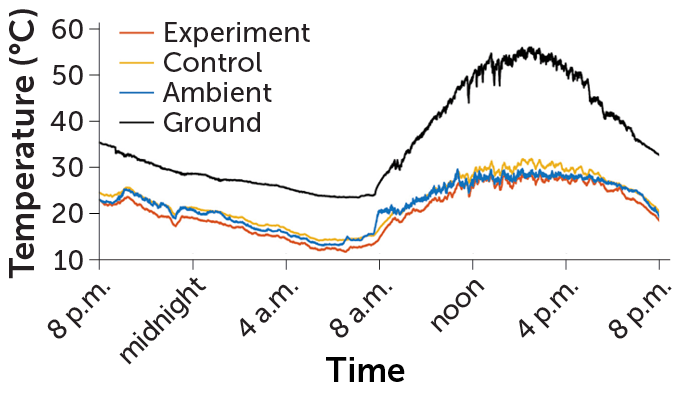Extreme Climate Survey
Scientific news is collecting questions from readers about how to navigate our planet’s changing climate.
What do you want to know about extreme heat and how it can lead to extreme weather events?
Most “radiant cooling” designs involve roofs designed to receive and then emit the sun’s energy in infrared wavelengths that radiate through the Earth’s atmosphere and into space. Such roofs can be decorated with plants, painted white to better reflect the sun’s rays, or coated with materials that are both highly reflective and highly emissive (SN: 2/6/23).
Vertical walls are more difficult to cool, says materials scientist Yuan Yang of Columbia University. This is because they are not only directed from space, but simultaneously absorb heat from the ground. An efficient radiant cooling design must take into account both effects.
Hence: zigzag walls. Yang’s team hypothesized that by undulating the vertical surface and coating the sides with different materials — more reflective materials facing down and more emissive materials facing up — the wall could absorb less heat than a conventional straight wall. .
Simulations comparing how much heat conventional and zigzag walls received from the ground during a hot day supported this hypothesis. The average difference in wall temperature was about 2.3 degrees, a difference that increased to 3.1 degrees during the hottest part of the day. The team found a similar difference when they tested a miniature backyard version of their design in the summer of 2022 in New Jersey.
How zigzags affected the temperature of a wall

The goal was to design something that would be commercially attractive, Yang says. Corrugated walls already exist, he notes, and the design is easy to manufacture and scale up, perhaps finding a way for consumers to crawl into when the climate fades.
#Zigzag #walls #buildings #beat #heat
Image Source : www.sciencenews.org